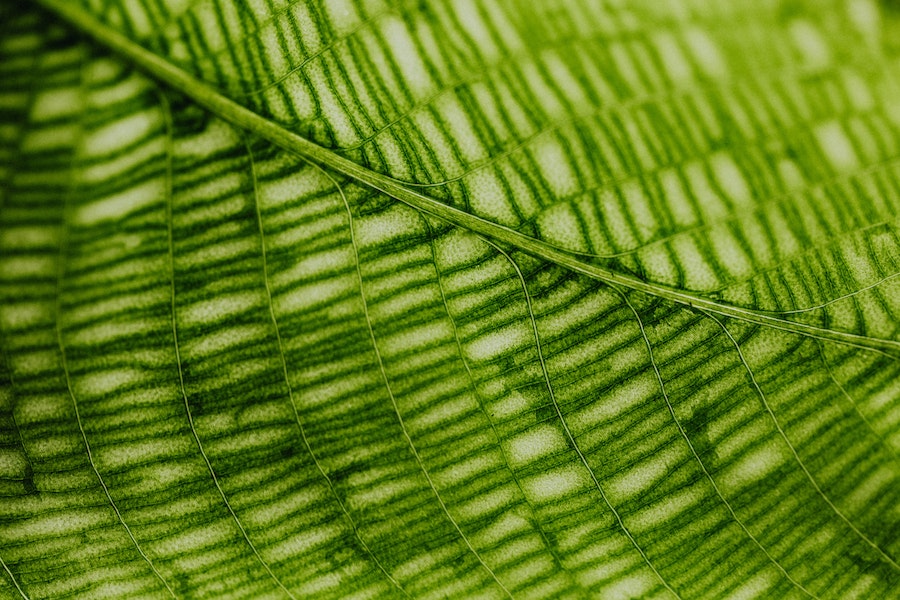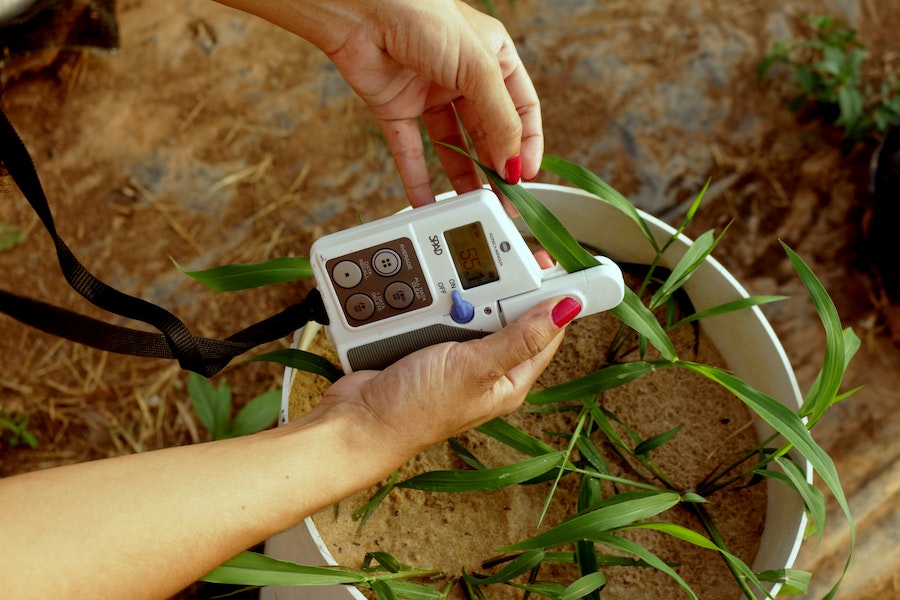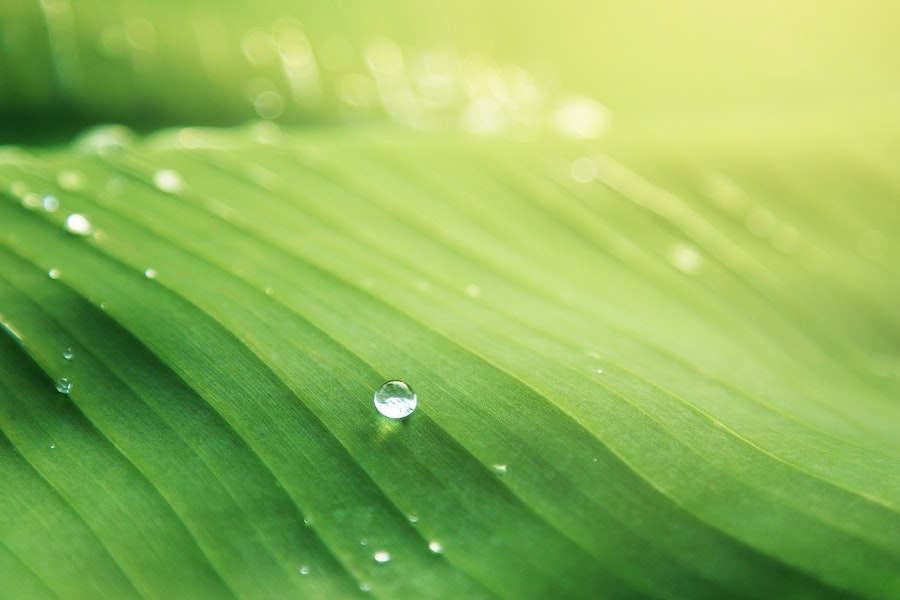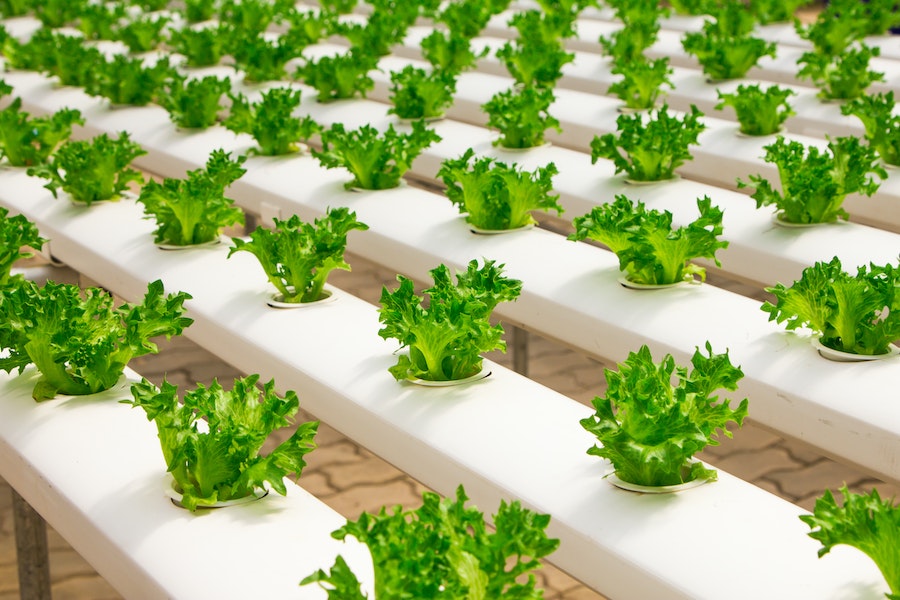How Benefits Green LED Grow Lights Effects For Plants?
Have you ever wondered what would happen if you used green LED grow lights? It’s a fascinating concept harnessing the power of light to get the best out of your plants. After all, green is the color of life and hope, so why not use it to help your plants reach their maximum potential?
We’ll discuss the science behind green grow lights and how they can provide optimal plant growth. We’ll explore how green light benefits plant health and how a green LED wavelength can be combined with other traditional lighting methods for even better results. Finally, we’ll look at real-world examples of applying green LED grow lights successfully.
So put on your learning hats, and let’s dive into the fascinating world of green LED grow lights!

Everything You Need to Know About Green LED Grow Lights
Green LED grow lights are the latest innovation in plant cultivation, offering everything from increased growth to cost savings. As the name implies, these LEDs emit green light, driving total chlorophyll production for photosynthesis. This light helps plants absorb more energy than traditional lights, accelerating their growth and development without adding additional heat.
Green LED grow lights offer many advantages to gardeners and farmers. Not only does the green light speed up growth and increase yields, but it also saves energy since these lights are more efficient than other options. Plus, green LED lights don’t give off much heat, so you can place them closer to plants without scorching their leaves or damaging delicate plants like orchids.
In fact, plants exposed to a green lamp produce a higher quality product due to the additional nutrients taken during photosynthesis. While many growers report higher yields when using green LED lights, they also notice that fruits and vegetables are shinier and healthier with a longer shelf life than those grown with traditional lighting solutions.
Benefits of Green Wavelengths for Plant Growth
Using green plant light has become popular for indoor growers worldwide. That’s because the wavelength from green LED lamps optimizes the plants’ ability to produce chlorophyll and carry out photosynthesis. In other words, this type of light can help unlock optimal growth and flowering in your plants.
Here are some key advantages of using green lights for your indoor garden:
Faster Growth Rates
The wavelength of green light encourages faster plant development, meaning your plants can reach maturity sooner than with other light sources. This can result in bountiful harvests more quickly, allowing you to reap the rewards of all that hard work much earlier.
Improved Cell Division and Metabolic Processes
Studies show that the green light wavelength encourages healthier cell division and metabolic processes within the plant, resulting in stronger stems and root systems. It also helps promote better nutrient uptake and expansion, allowing each plant to take better advantage of its environment.

Enhanced Flavor and Aroma
A study conducted by researchers at the College of Horticulture, Gansu Agricultural University, Lanzhou, China, observed that when tomatoes were grown with a combination of red and green LEDs, they had improved flavor and aroma over those produced with just red or white LEDs alone. The results were especially clear when it came to acidic content such as citric acid or malic acid—the same compounds found in oranges, lemons, apples, and grapefruit!
With these benefits in mind, multicolor LED lighting can serve many different types of indoor plants, from flowers to fruits, vegetables, and herbs. Such a setup ensures maximum yields every single season.
The Effects of the Green Light Spectrum on Growth
A green light LED is uniquely powerful when it comes to growing plants. Even though green light might be slight in relation to other spectrums, it is still essential to plant growth, as it contributes to health, vigor, and overall development.
Photosynthesis
Green light is the most important for photosynthesis. Photosynthesis is at the heart of a plant’s health and survival. It helps the plant take energy from light and use it for metabolic processes like respiration and growth.
Chlorophyll Production
Another major benefit of green light for plants is its role in chlorophyll production. Chlorophyll gives plants their green color and helps them absorb sunlight better, increasing photosynthesis efficiency. This also means that green LED grow lights have a more direct impact on plant performance than other colored lights.
When it comes to growing healthy plants, here’s how growers can leverage green LED grow lights:
- LED green lights can provide high photosynthetic photon flux density (PPFD) levels necessary for the health of leaves, stems, and roots.
- When appropriately balanced with other spectrums, the green light increases yield size by providing an optimal environment for chlorophyll production within the plant cells.
- Green light can aid the process of photosynthesis by providing enough energy for a plant’s metabolic functions while allowing other colored spectrums to play their roles in producing biomass efficiently without being overwhelmed by too much photo noise.

Exploring the Science Behind Green LED Grow Lights
Have you ever wondered why green LED grow lights benefit plants? Well, it has a lot to do with something called photosynthesis. Photosynthesis is the process plants use to convert light energy into chemical energy. And the type of light these green LEDs give off is the most efficient green color spectrum for photosynthesis.
But there’s more to it than that. When you look at the visible light spectrum, green is right between red and blue. Therefore, it can absorb red and blue wavelengths to maximize photosynthetic activity in plants.
Let’s dig deeper into this for a second.
- The red light spectrum helps with growth and fruiting.
- The blue light spectrum helps with vegetative growth.
- The green light spectrum helps plants absorb both red and blue spectrums, promoting growth and vitality.
So when you combine red, blue, and green LED grow lights, you get a powerful blend that creates the perfect environment for plant growth. This combination is one of the key reasons these lights benefit all plants.
Indoor Gardening Tips With Green LED Grow Lights
For indoor gardening, utilizing green grow lights is one of the best ways to unlock optimal growth. A green light for a grow room is an essential element when it comes to growing your plants indoors, as it gives them access to the exact spectrum of light they need.
Here are some of the best tips for maximizing your plants’ potential with green light in a grow room.
Radiant Heat
One great thing about LED green lighting is that it doesn’t emit much radiant heat. Therefore, you can put the fixtures close to your plants without worrying about them getting burned. The key is understanding the balance between light intensity and distance from the plants. It’s usually best to start at about 12-18 inches away and adjust as needed after seeing how your plants respond.
Lighting Schedules
With LED grow lights, you can use timer switches (or even automated ones) to create lighting schedules that promote healthier plant growth. For example, having 16-20 hours of light throughout a 24-hour period with intermittent dark periods encourages healthy photosynthesis in many vegetable varieties. To achieve the optimal green light effect, you should experiment with different lighting schedules until you find one that works for the plant you’re growing.

Light Intensity
Light intensity is another important factor when utilizing green LED grow lamps for optimal growth. Getting the right intensity is critical; too little won’t do much for your plants, but too much can stress them out or cause leaf burn. A good rule of thumb is to start with a low to medium intensity and gradually increase the level.
Benefits of Green LED Grow Lights
Do you want your plants to reach their full potential? Then it’s time to start looking into green LED grow lights. These lamps are especially beneficial for indoor gardens; they provide plants with the green wavelength they need for photosynthesis and in the perfect quantity!
Green LED grow lights offer a lot of excellent benefits, some of which you might not have known about:
- They consume less power compared to fluorescent or HID bulbs.
- Their light quality is more consistent than other light sources, so your plants get the same amount of light while growing.
- They can last between 25,000 and 50,000 hours—three to five years with continuous usage!
- With precise lighting control technology, you can adjust the settings on your grow lights to optimize conditions for your plant’s growth cycle, resulting in greater yields and better-looking flowers.
- Green LED grow lights come in waterproof or water-resistant models, making them perfect for outdoor planting and gardening, too.
- Unlike other LED lights that don’t require cooling systems, these are designed to cool passively and remain at low temps during use. Therefore, you can expect reduced energy costs compared to traditional lighting fixtures.
- Green LED grow lights limit heat output, so it’s less likely to cause damage to the surrounding environment or yourself, which means peace of mind knowing that you’re using energy safely and efficiently!
With green LED grow lights, you can be confident knowing that your plants will get all the light they need throughout their growth cycle.
FAQs
Chances are you have a few questions about green LED grow lights and how they benefit plants. Let’s take a look at some frequently asked questions concerning LED grow lights.

1. What advantages do green LED grow lights have over traditional methods?
LED grow lights are very efficient, typically delivering up to 90% of their energy directly to the plants as actual light. This means that even though the initial cost of an LED light system is higher than traditional methods, you will reap the cost savings. You’ll use less energy and grow more nutritious plants at the same time. Green LEDs also don’t emit much heat and require as much maintenance as traditional grow lights, making them an ideal choice.
2. Can I use green LEDs outdoors?
Yes! There are some waterproof LEDs designed specifically for outdoor use. Read the product manual before shielding your plants so you don’t burn out your LEDs prematurely.
3. Are there any health risks associated with green LEDs?
No, there are no known health risks associated with green LED lighting systems. While they may emit some UV radiation or infrared radiation, these levels are far lower than those emitted by traditional incandescent or fluorescent bulbs, so you don’t need to worry about your health when using LED lights for your plants.
4. How frequently should I replace my green LED grow lights?
The lifespan of an LED grow light will depend on the type and how often you use it. Some LEDs can last up to 10 years, while others may only last a few months. In general, you should try replacing your LED grow lights every two years to ensure you get the most out of their efficiency and performance.
5. What types of plants can I grow with green LED lights?
You can grow almost any type of plant with LED lights. You can achieve excellent results with your plants this way, from herbs, flowers, and succulents to vegetables, fruits, and shrubs.
Conclusion
Green LED grow lights offer numerous advantages for the optimal growth of your plants. From improved photosynthesis to higher yields and better results, these lights are highly efficient and cost-effective, making them an attractive option for any gardener. By understanding the benefits of green light and its effect on plants, you can maximize your garden’s potential and ensure your plants’ health. With some research and the right equipment, your garden can be beautiful and bountiful!

